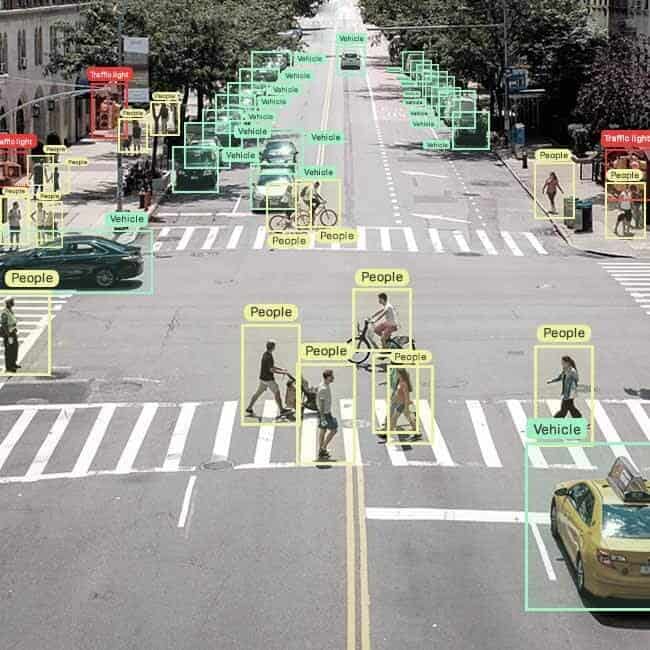Industries across the board, in today’s world of data, rely on artificial intelligence (AI) as well as machine learning (ML) for gaining crucial insights from massive amounts of data. Image annotation, an essential technique in computer vision, is a way to understand visual data. This article explores the world of image annotation and the significance of software, tools, and solutions to unlock the power of data-driven decisions.

Image annotation is a method that involves labeling, or tagging images with metadata. This assists computers to comprehend and interpret information from visual images with precision. Image annotation, such as adding bounding box keys, polygons or bounding box images, enables ML models to determine patterns, objects and attributes. This process bridges between raw image data, and actionable insights. It opens the door to applications in various domains including autonomous vehicles and medical imaging.
In order to simplify the image annotation process, a wide variety of tools for annotation have been created. These tools feature intuitive interfaces which allow users to easily mark images or objects of interest. These tools provide a variety of annotation options, as well as options for customization that can be tailored to meet specific data requirements. From simple drawing tools to advanced recognition and automatic annotation suggestions Image annotation tools improve the efficiency and accuracy of annotation that allows annotators to work efficiently and quickly.
Image annotation tools takes the annotation process to the next level by incorporating automation and collaboration features. These solutions make use of ML algorithms to automate the annotation process, cutting down on manual effort and increasing annotation speed. Utilizing techniques such as transfer learning and active learning, software for annotation speeds up the process of labeling while providing the highest quality of results.
The software for annotation allows seamless collaboration among multiple annotators. It provides real-time synchronization, annotating versioning, and comments capabilities, ensuring smooth communication, and encouraging a collaborative environment. This method of collaboration not just enhances the quality of annotations but also encourages knowledge sharing and guarantees consistency across annotations.
When selecting an image annotation solution There are several aspects that must be taken into consideration. First, the solution must align with the specific needs of the project, such as the kinds of annotations required (e.g. bounding boxes, polygons, keypoints) along with the complexity of the labeling task, as well as the scalability of the solution.
Second, flexibility and adaptability The second factor is flexibility and adaptability. A reliable annotation system should be able to modify workflows for annotation and integrate with the existing software for managing data. It must also be compatible with various formats for data. This flexibility ensures that the annotation software can seamlessly integrate into workflows and pipelines that are already in place and workflows, increasing overall efficiency.
The quality of annotations produced by the software is another aspect that needs to be evaluated. Quality control tools are employed by reliable image annotation software to ensure consistent and accurate labeling. These can be used to ensure annotator validation and feedback loops which are continuous between the annotators.
Image annotation can have an extensive impact that goes far beyond the process of annotation. Image annotation tools, solutions and software may help organizations maximize their data’s value through a variety of ways. Accurate annotations are essential for the creation and the training of ML models with higher quality and reliability. The models can be used to solve various problems, such as the classification of images, recognition of objects and anomaly detection.
Image annotation can also be used to help make data-driven decision by providing meaningful and rich insights. For instance, in the health industry, annotated medical images can aid in diagnosing disease in determining abnormalities, as well as determining the best treatment options. Images are often used to make annotations in e-commerce to support image search functionality as well as visual merchandising and product recommendation systems.
By unlocking this valuable asset, the use of annotation of images using data sciences has transformed how we work. It helps expedite data analysis, uncover connections that are not obvious, and generate instantaneous insights. Image annotation can help organizations streamline their processes and get to market faster, thereby cost reduction. Additionally, it gives them an edge in the market. In consideration of the capacity of images to convey concepts that are easier to comprehend than abstract figures well-annotated images enhance the information’s readability and accessibility for all stakeholders in any organization. Image annotation is an effective method to transform information into actionable insights and increase its value for every kind of application.


